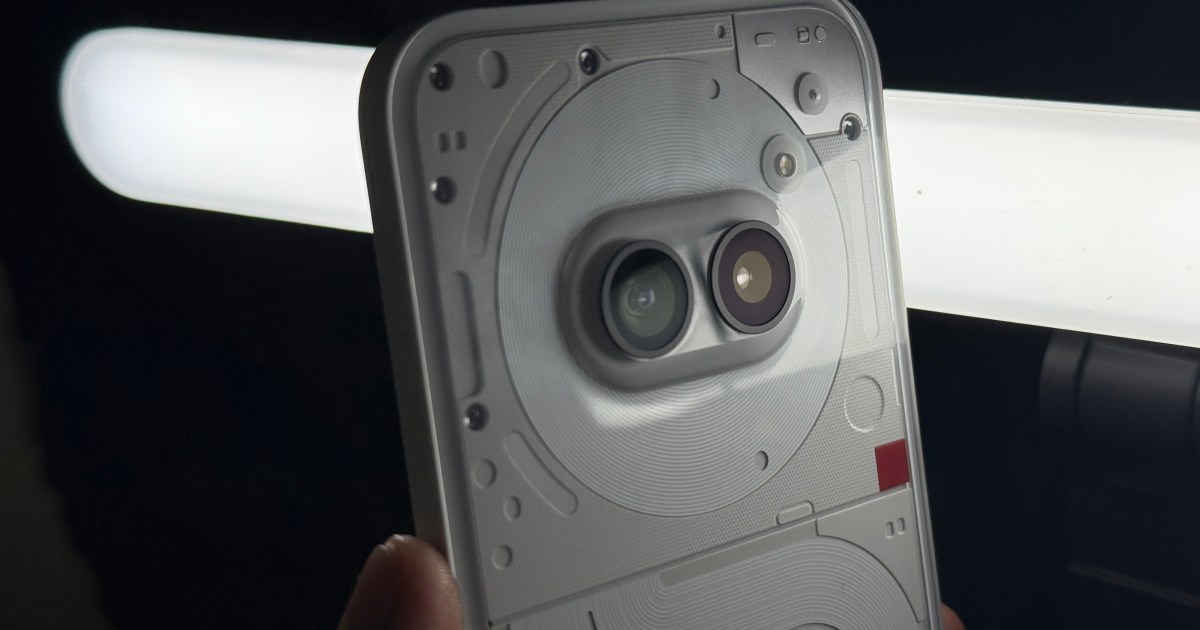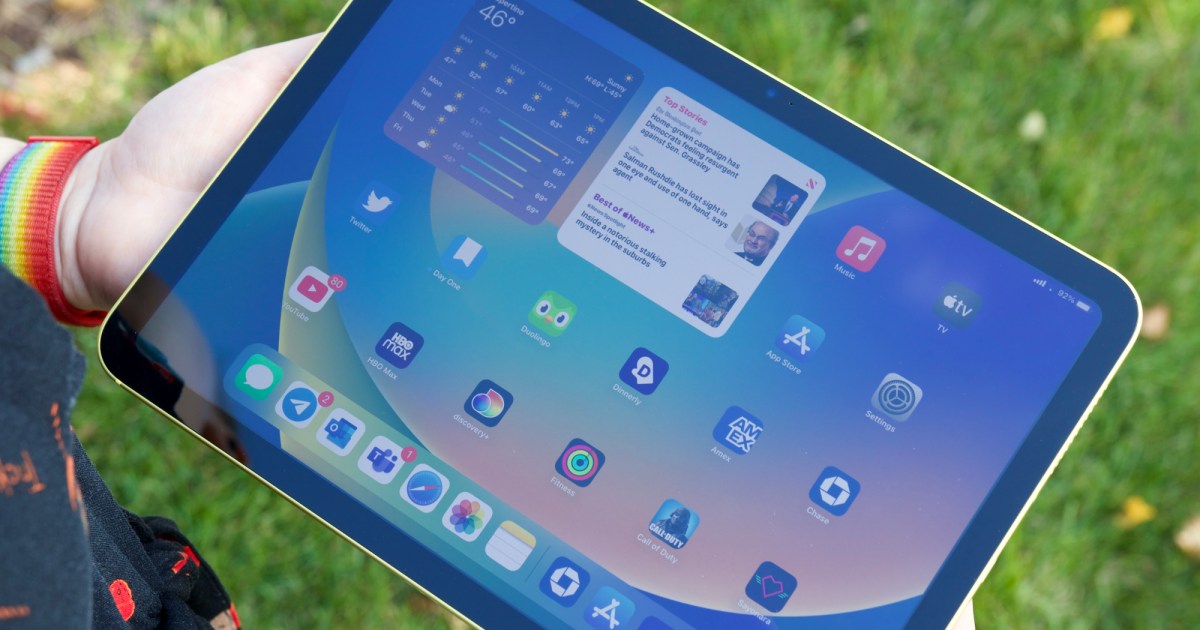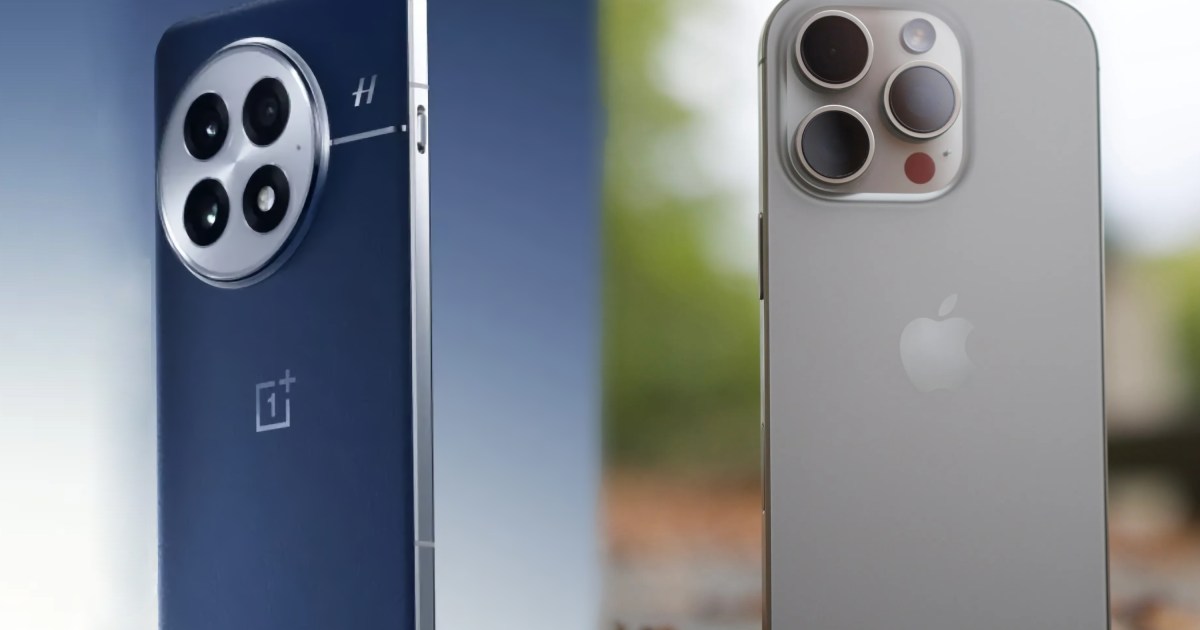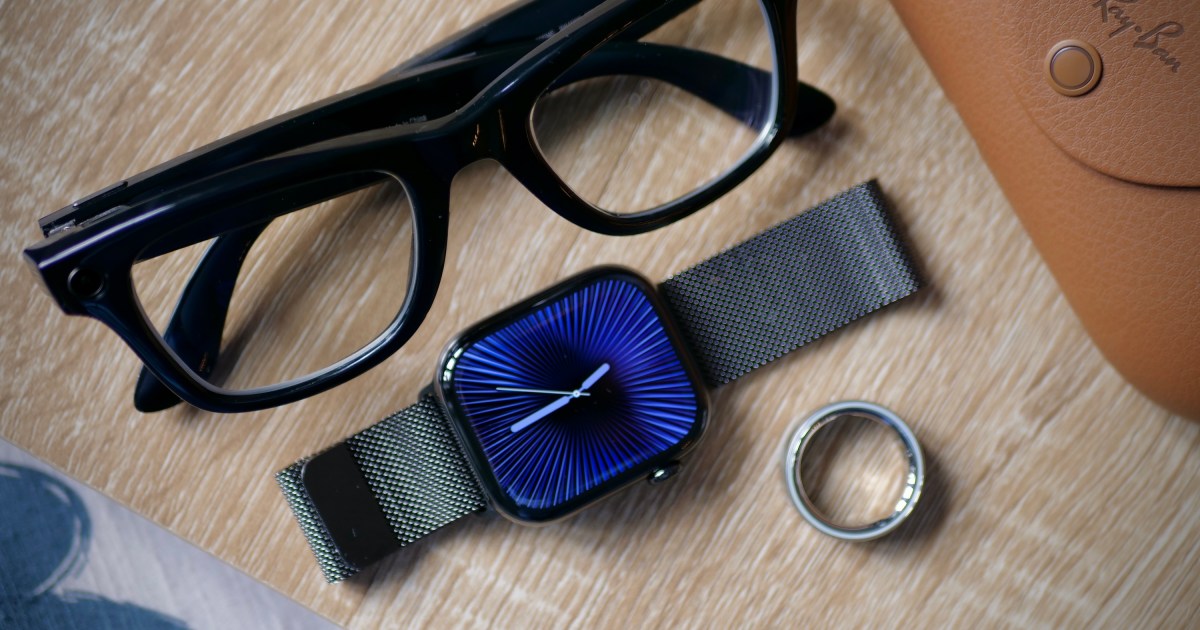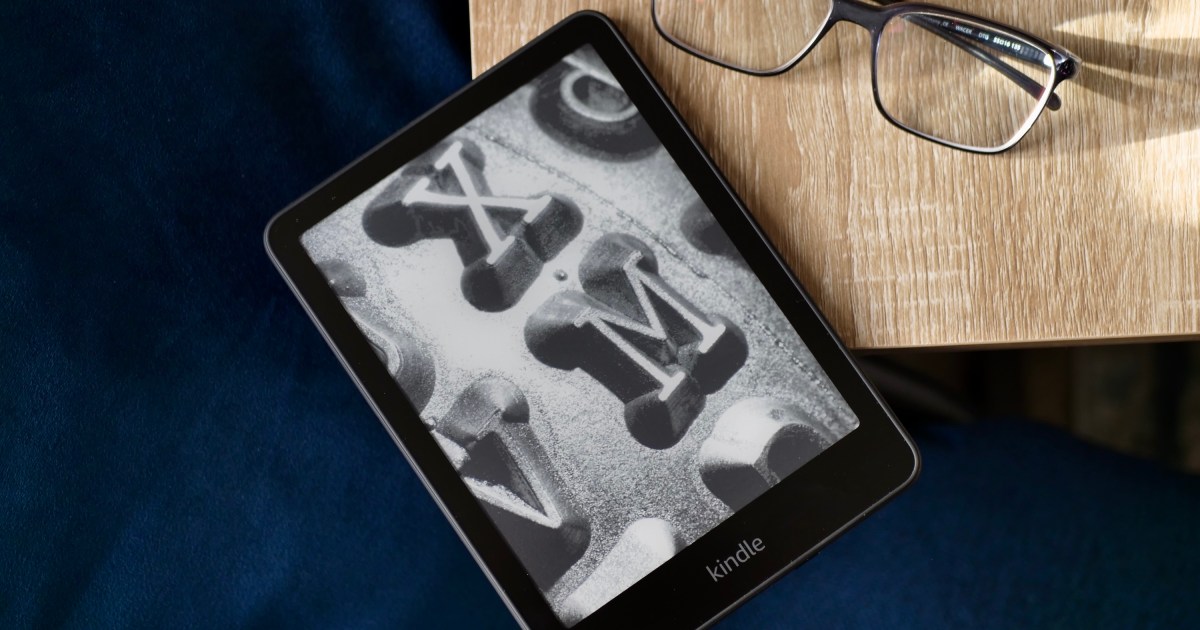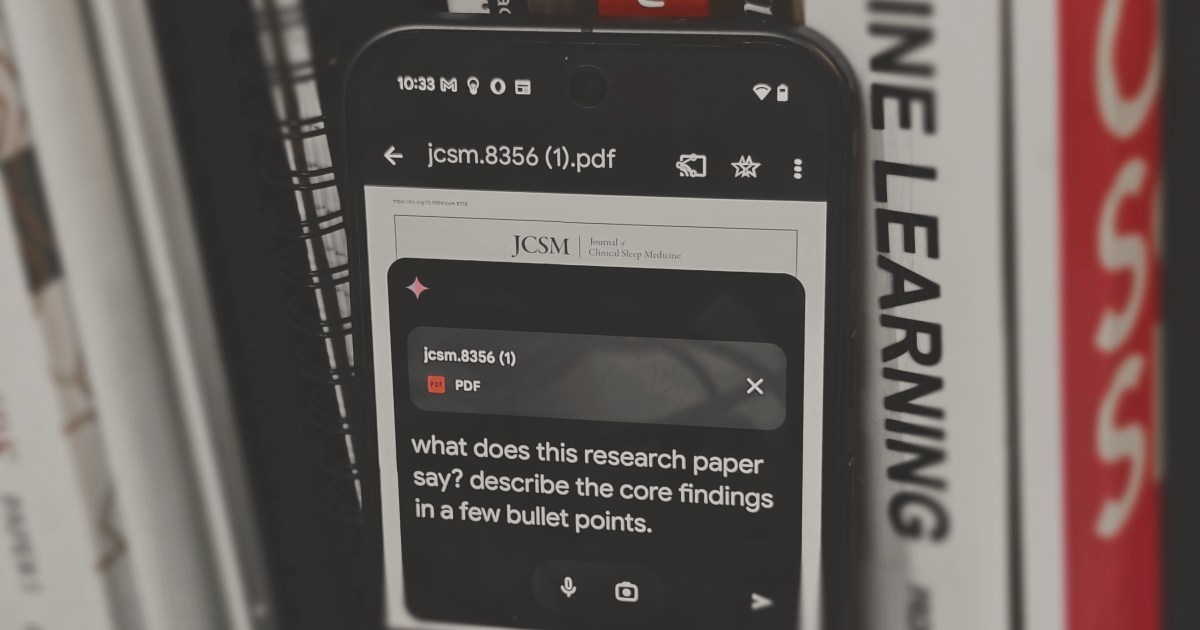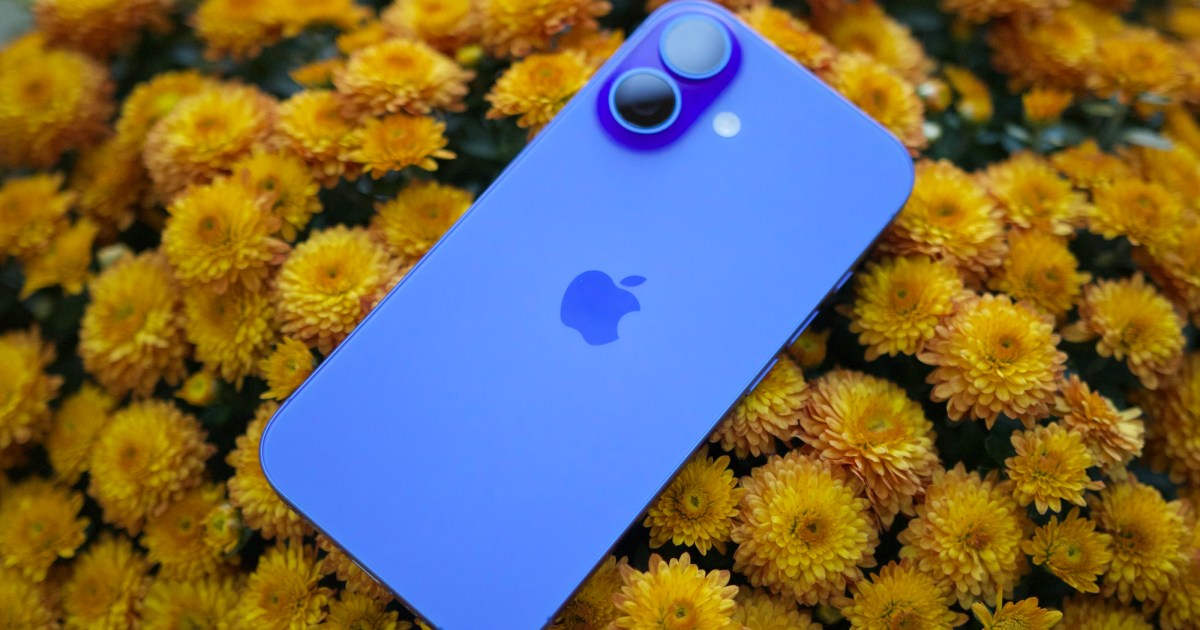Nothing has undeniably disrupted the smartphone market with its bold hardware design, unique user experience, and innovative marketing. The company, known for its transparent aesthetic and glyph lighting, has consistently made headlines, even beating industry giants like Samsung with its Android 15 update rollout. However, amidst the hype surrounding its distinctive features like wireless charging, a significant concern looms: the questionable durability of Nothing phones.
The IP Rating Shortfall: A Splash and Dust Magnet
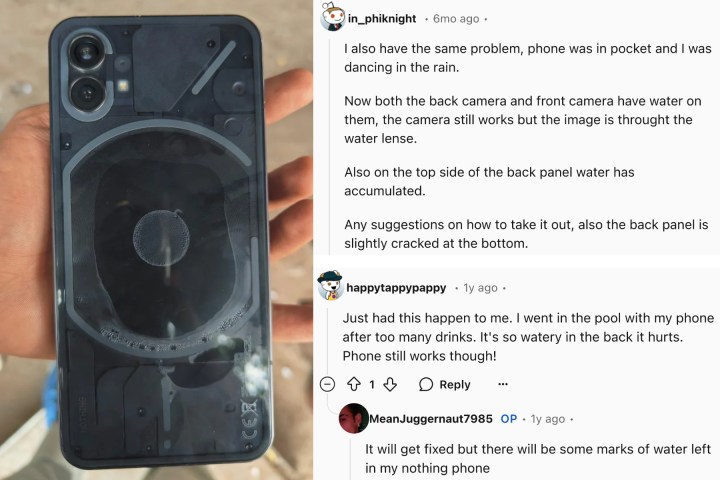
User reports across various platforms, including Reddit and Nothing’s official community forum, reveal a recurring issue: water and dust ingress. Several users have reported water seeping into their Nothing phones, causing fogging around the lenses and, in some cases, complete device failure. The root of this problem lies in the phones’ IP54 rating, which offers limited protection against dust and water.
While acceptable for a budget device like the $350 Nothing Phone 2a, this level of protection is inadequate for the more expensive Nothing Phone 2, which retails for around $550. This IP54 rating signifies protection against water splashes but not against water jets or submersion.
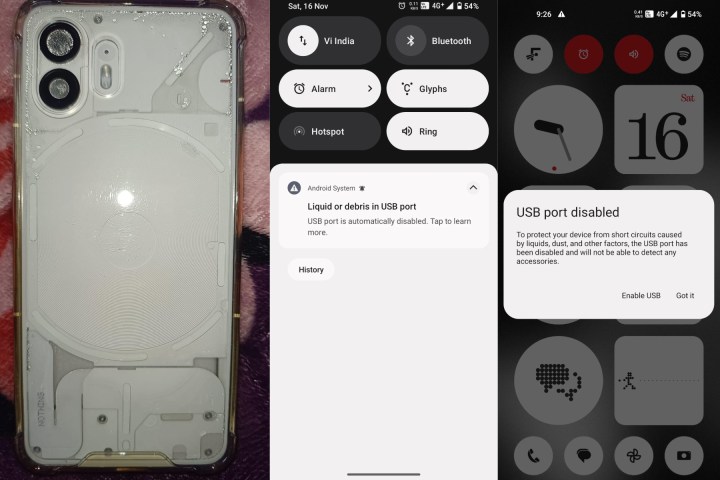
Although a Nothing video showcases the Phone 2 enduring a controlled water jet test, real-world scenarios often involve unpredictable angles and directions of water exposure, potentially exceeding the IP54 limits.
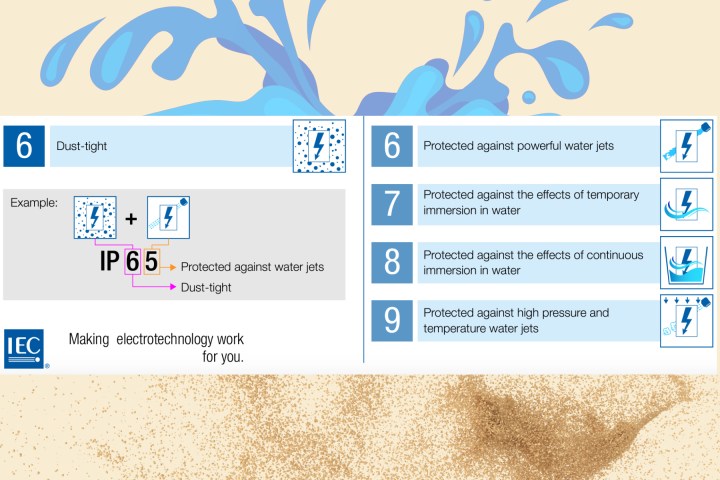
The accumulation of dust, another consequence of the IP54 rating, is also a common complaint. The glyph lighting, while visually appealing, unfortunately highlights the dust particles gathered around the edges and camera module. This can lead to USB port failures due to dust buildup, potentially requiring risky DIY cleaning attempts. Some users have even reported gaps in the phone’s chassis, further exacerbating the dust and water ingress problem.
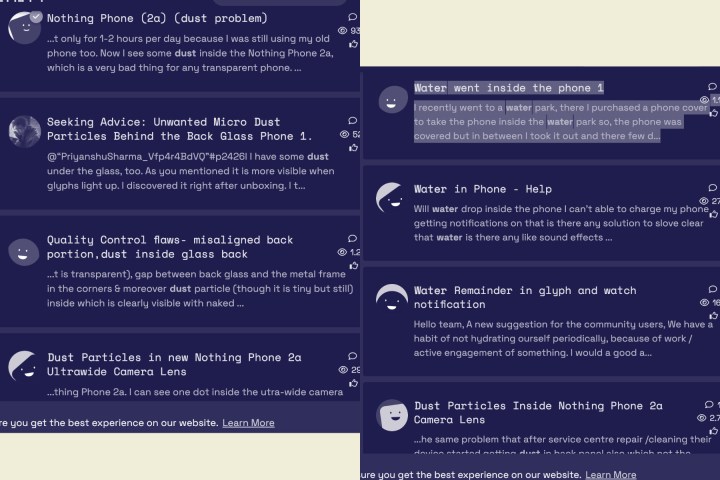
The Price of Style: Rethinking Priorities
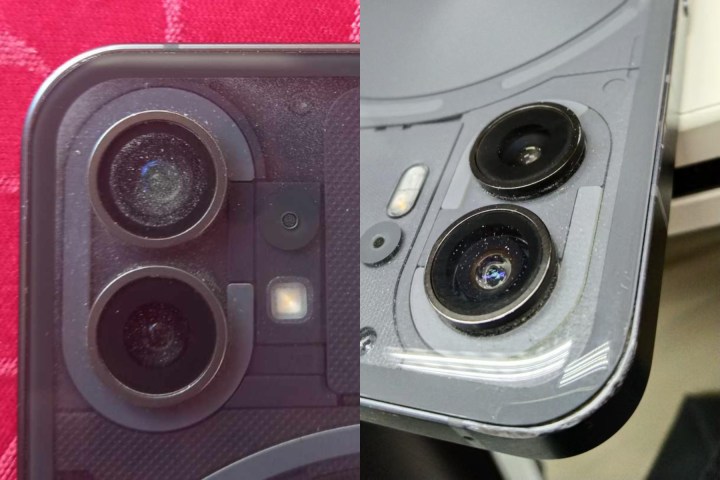
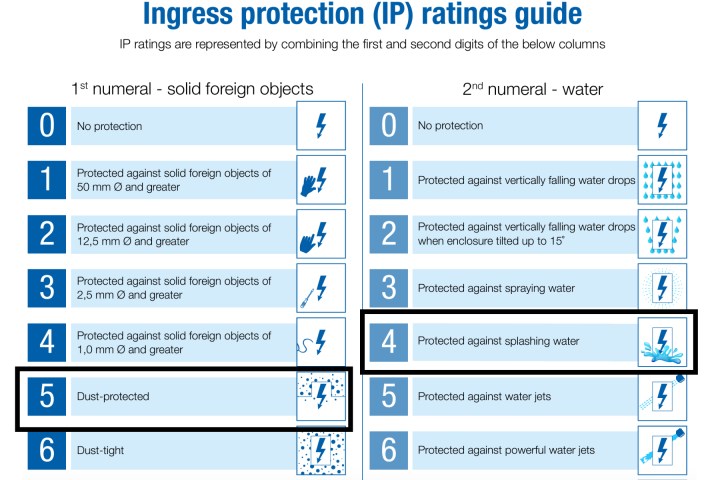
While Nothing’s innovative design is commendable, prioritizing aesthetics over fundamental durability raises concerns. Competing devices, such as the OnePlus Nord 4, offer superior IP67 protection at a lower price point. Even within the budget segment, IP6x ratings are becoming increasingly common.
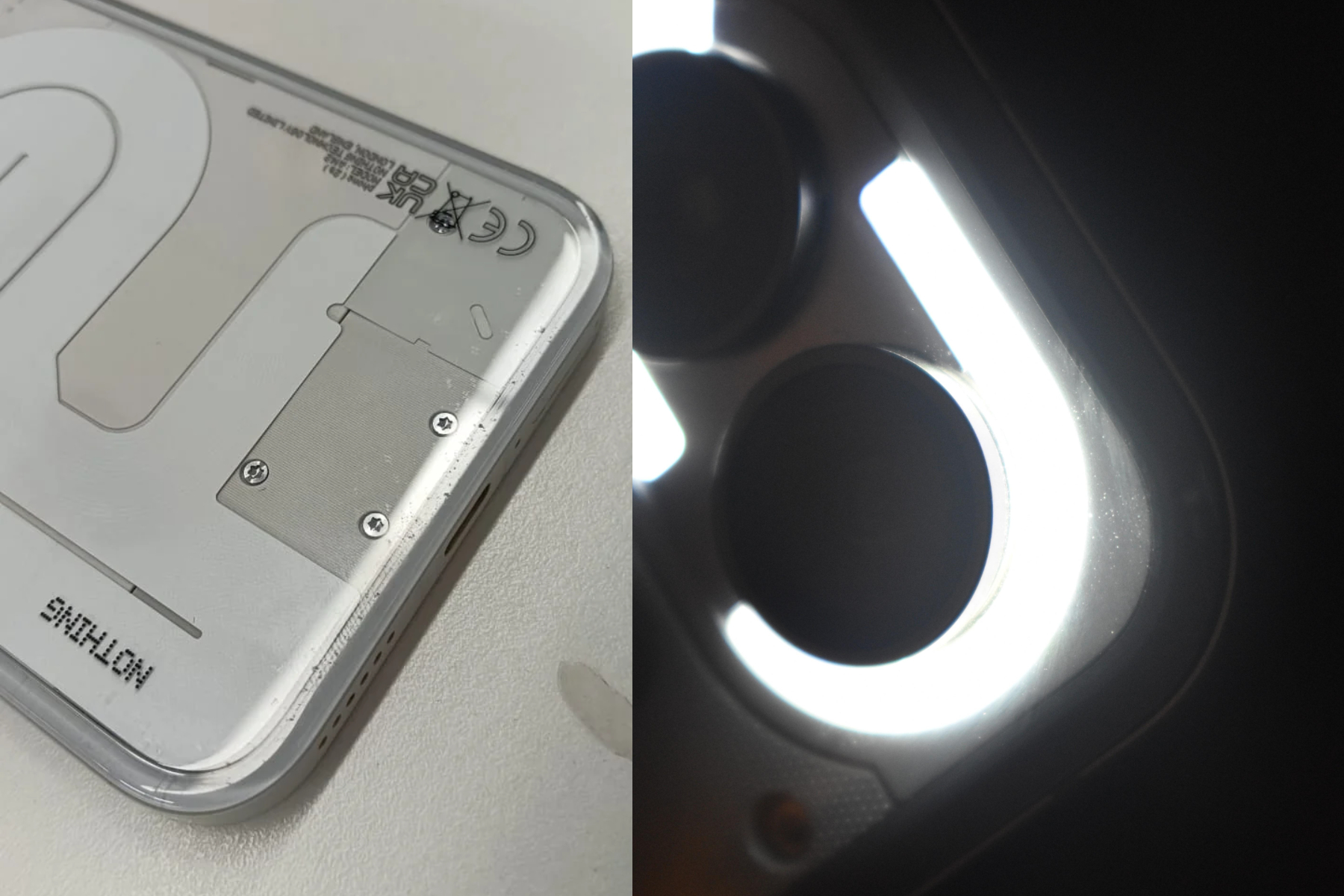
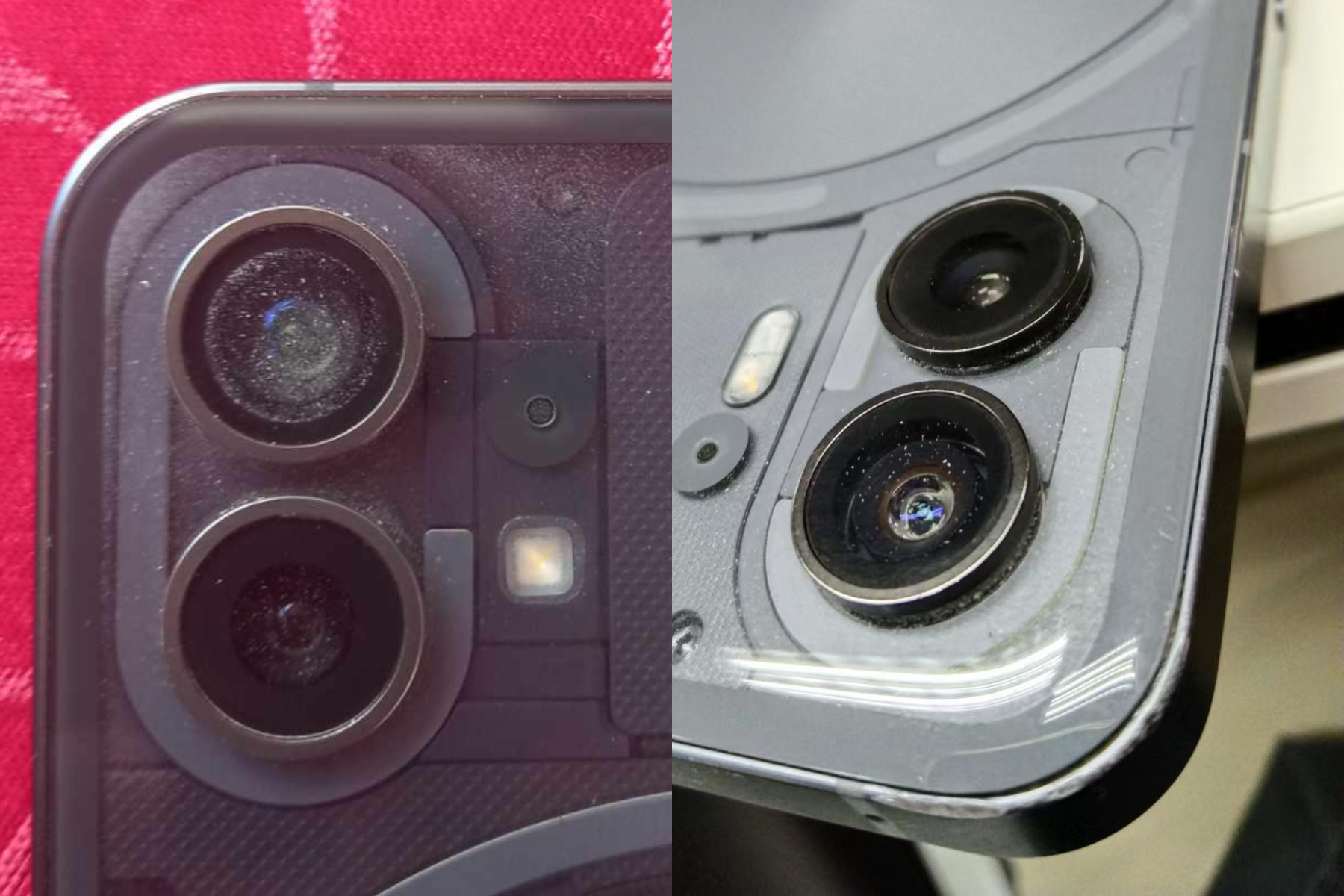
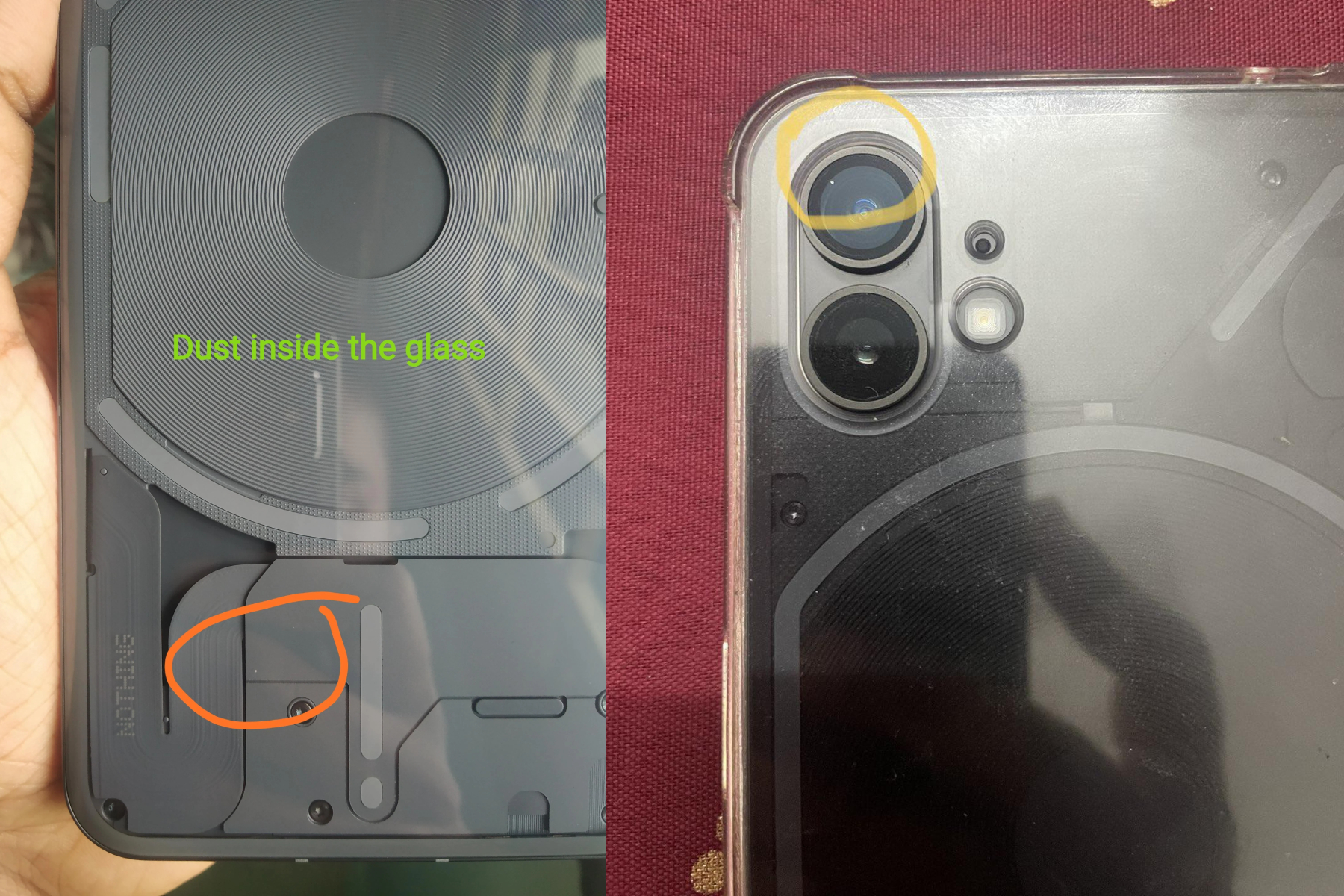
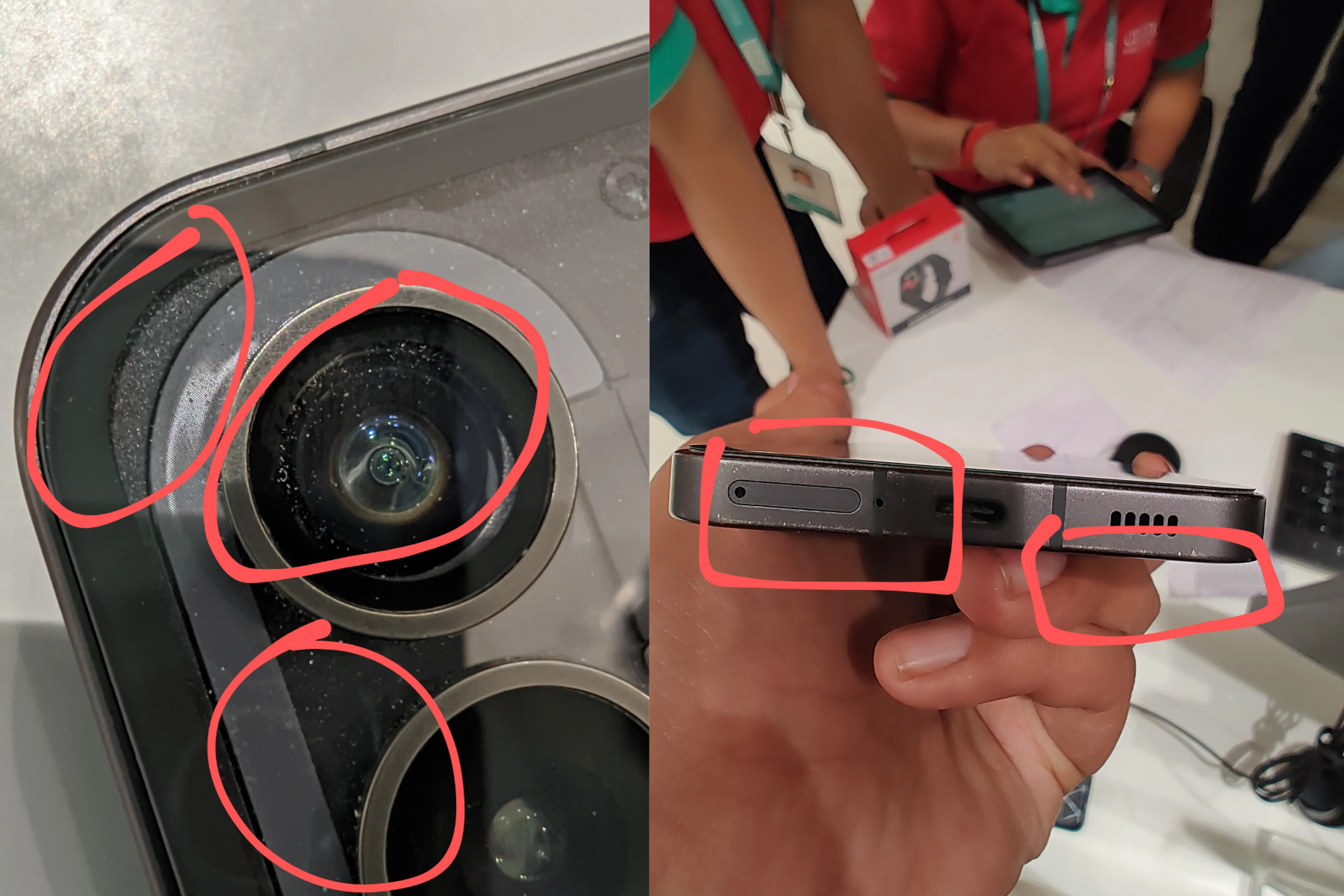
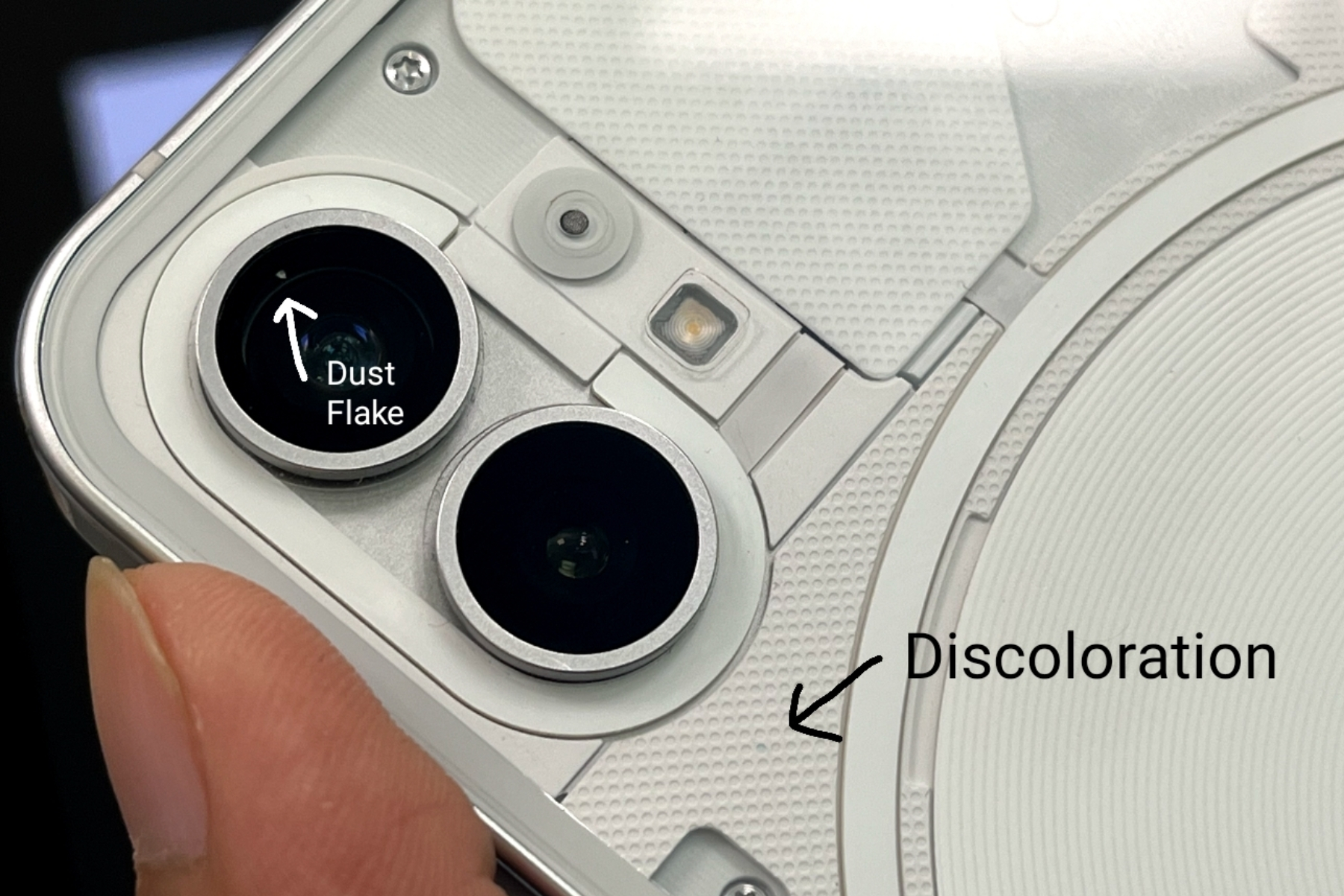
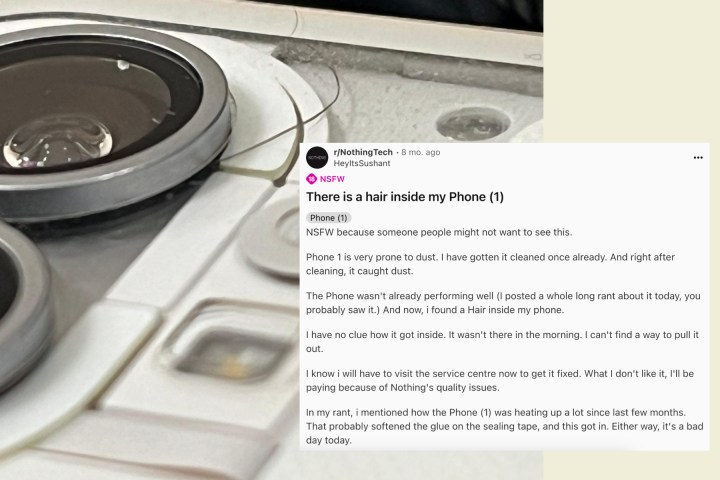
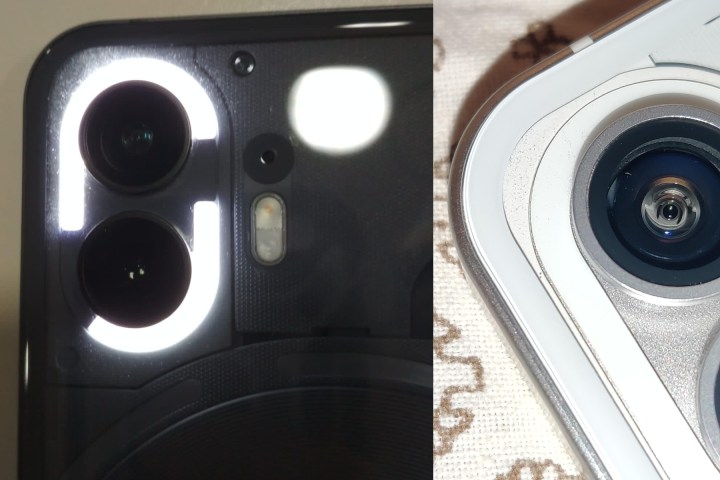
A Call for Enhanced Durability
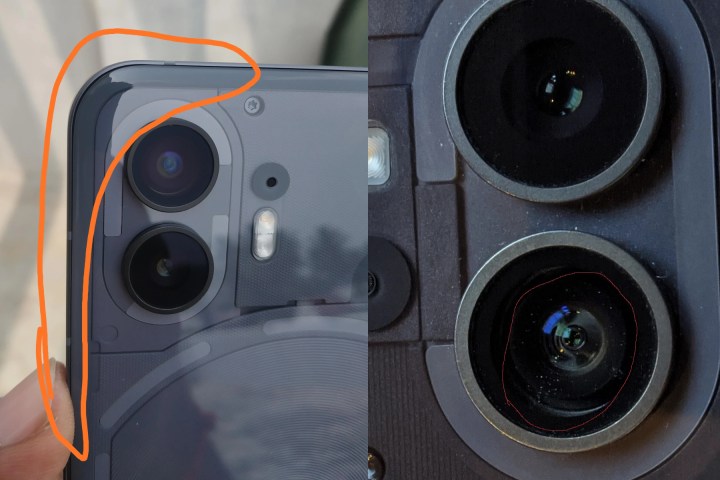
The OnePlus “green line” debacle serves as a cautionary tale. Durability issues can severely damage a brand’s reputation, even for companies with a history of innovation. The inconvenience and cost associated with repairs, data transfer, and device setup are significant deterrents for consumers.
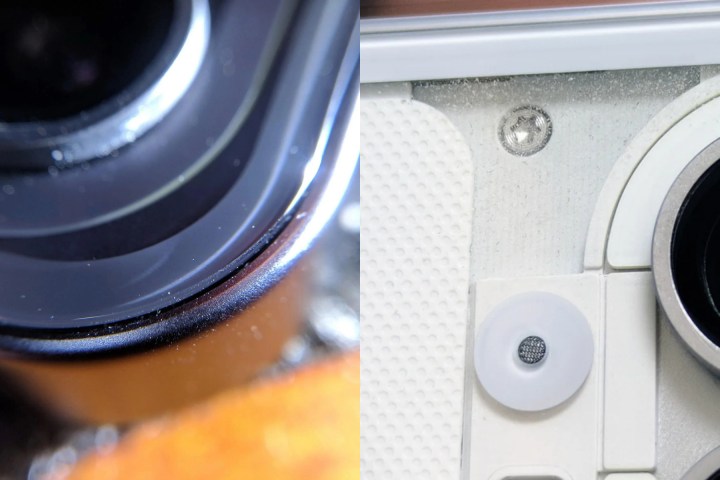
Nothing’s focus on aesthetics and unique features is admirable, but it’s crucial to prioritize basic durability. Consumers deserve phones that can withstand everyday wear and tear, especially given the premium price tag. Moving forward, Nothing should prioritize achieving higher IP ratings to ensure its phones offer the longevity and resilience consumers expect. Striking a balance between innovative design and robust build quality is essential for Nothing’s continued success in the competitive smartphone market.



